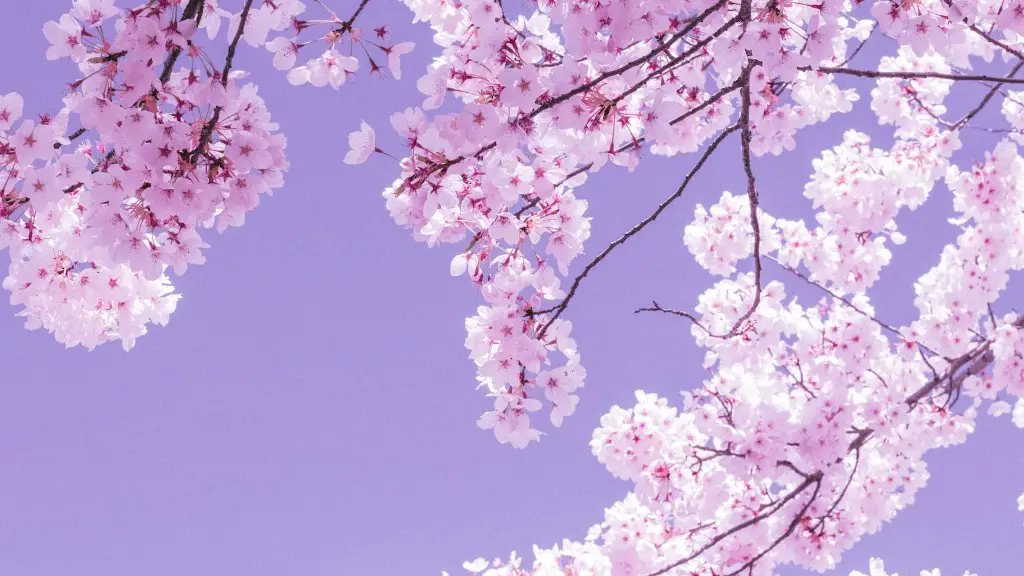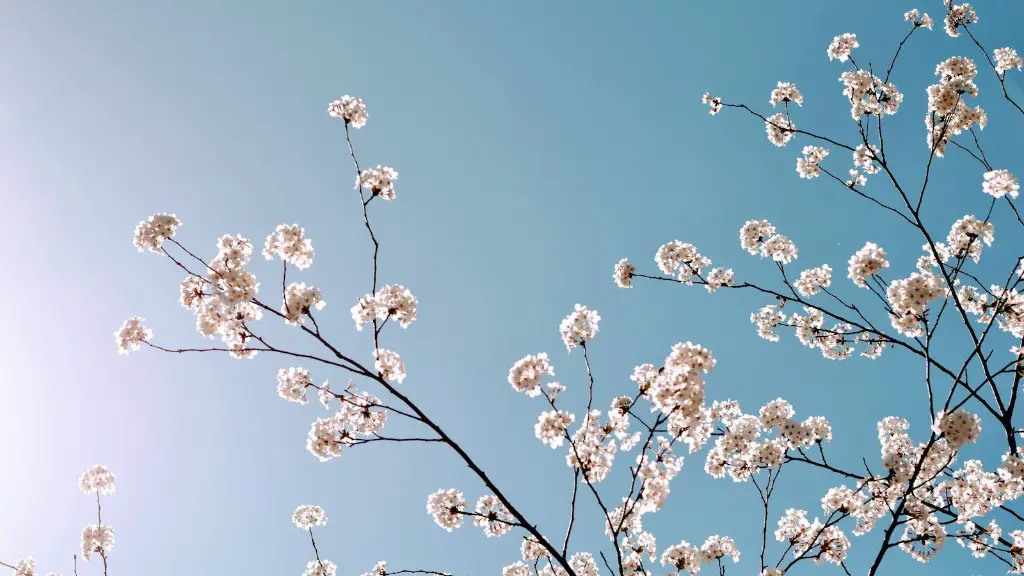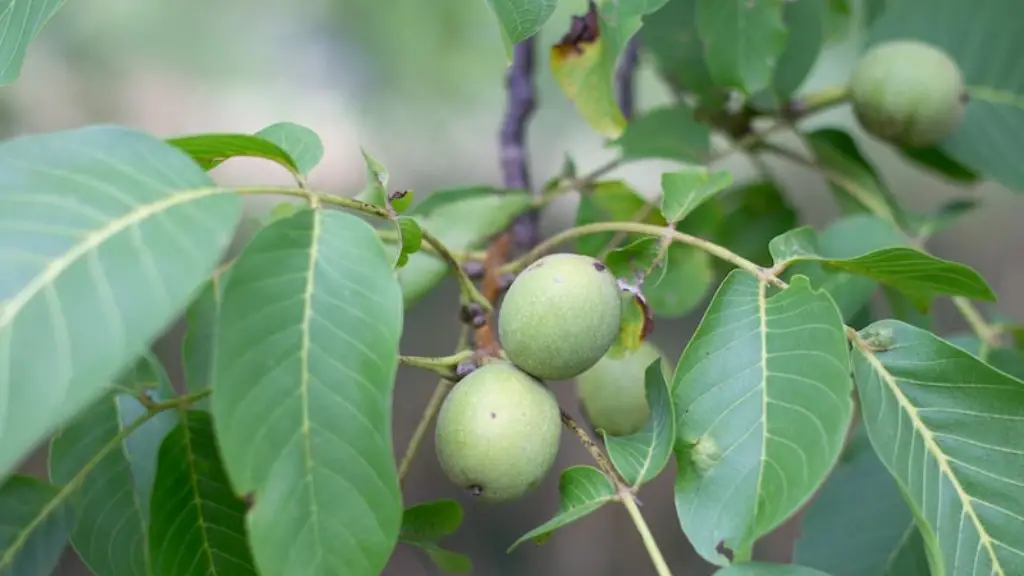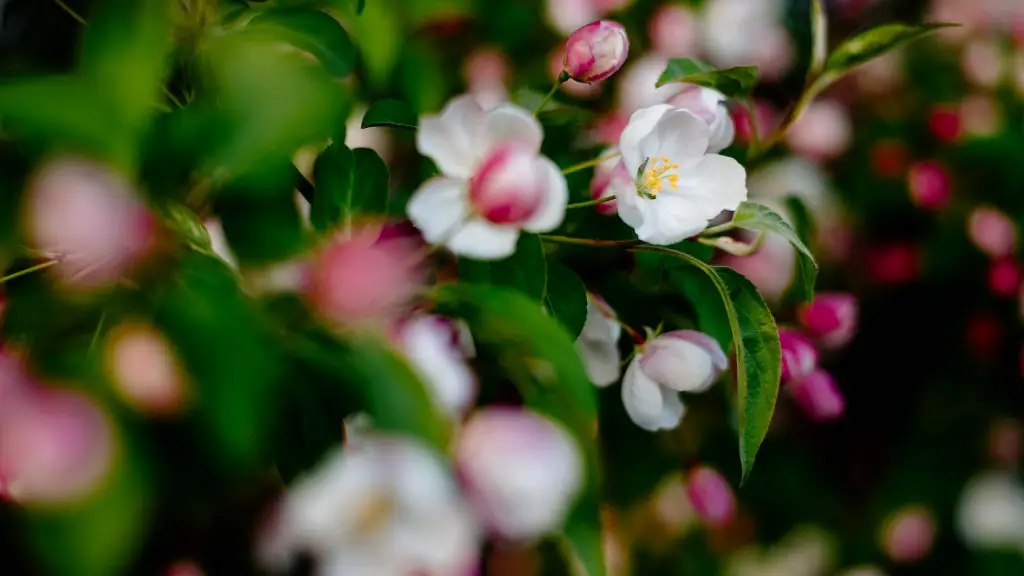Beautiful flowering cherry trees are a welcome sight in many parts of the world and can be found in gardens and urban areas. The flowering cherry tree offers a wide range of attractive colors, sizes, and shapes. Planting a flowering cherry tree can be an enjoyable pastime and a rewarding experience.
The optimal time to plant a flowering cherry tree depends on the region and climate. Generally, the best times of the year to plant are late winter to early spring months. This is because trees are dormant during these months and can easily establish roots. Planting a flowering cherry tree in well-drained soil is important to its health. Paying attention to soil pH levels, ensuring enough room for growth, and providing adequate nutrients will all contribute to the success of the tree.
For example, in the Pacific Northwest region of the United States, the ideal time to plant is from mid February to April. During this time, the soil temperature begins to warm up and there are usually still several months of cooler weather left before the summer months. The fall months of August and September are also suitable, as long as there is sufficient rainfall.
Expert advice is recommended before planting a flowering cherry tree. Caring for different types can require certain practices or approaches, so it is worthwhile consulting with a professional first. Researching different varieties and types can be helpful in preparing for the type of care that it will require.
Ensuring that the tree has plenty of room to grow is important. Planting in an area with plenty of sunshine will also ensure good growth and flowering. Pruning is generally recommended on young trees; it is important to remember to do so with care.
Watering regularly and deeply is important for the success of a flowering cherry tree. Regular watering is especially important for the first few months of planting. Flowering cherry trees need a consistent water supply. Soaking the soil every three to five days during dry spells is advised, but not during frosty weather.
Protecting a flowering cherry tree from animals, insects, and diseases is a must. Pesticides and fungicides may need to be applied if pests or diseases become a problem, although this should be done only as a last resort. Otherwise, preventive steps such as providing adequate nutrition, a good environment, and regular pruning can help keep a flowering cherry tree healthy and happy.
Pruning
Pruning a flowering cherry tree is essential for healthy growth and development and should be done both in the summer and winter. Summer pruning involves removing dead, weak and damaged branches, thinning out overcrowded areas and cutting back stray branches. Winter pruning is very important for flowering trees as it helps to shape and maintain the tree’s desired form. Pruning should always be done before new growth begins and can be done with hand pruners, loppers, and thinning saws.
All cuts should be smooth and slightly angled away from the branch collar in order to promote healing. Dead wood, broken limbs, and diseased wood should also be removed to prevent the spread of any possible infection to the rest of the tree. It is important not to prune too much, as this can weaken the tree, damage the flower buds and reduce blooms.
Fertilisation
Fertiliser can be applied to a flowering cherry tree several times a year to ensure good growth and an abundance of flowers. Generally, a slow release fertilizer with balanced nutrients will be best. Slow release fertilizers should be applied according to the manufacturer’s instructions and should not exceed the recommended dose. Applying fertiliser in the spring, after blooming and the start of new growth, is a great way to encourage strong growth and abundant blooms during the flowering season.
Organic fertilizers can also be applied as a supplement, but should be used in moderation. Organic fertilisers such as manures and composts can be added to the soil, but should usually be thoroughly decomposed before use. Foliar feeding is another option, whereby fertilizer is applied directly to the foliage, however this should be done only when leaves have fully expanded.
Pollination
For a flowering cherry tree to be successful, pollination needs to take place. Pollination is the transfer of pollen from one flower to another, which facilitates the production of fruits and seeds. Although flowering cherry trees can self-pollinate, introducing pollinators such as bees, butterflies, and other insects will ensure good pollination and healthy fruit production.
Gardens that are home to flowering cherry trees should be designed to attract pollinators such as hummingbirds and butterflies. Native plants that flower in the area can be added to the garden to provide an ideal habitat for helpful species. Planting a variety of flowering trees and shrubs and making sure that there is always something blooming throughout the year will also help to attract pollinators.
Weather Considerations
Cold weather, frost and wind can affect the health and growth of a flowering cherry tree. It is important to choose a variety that is cold-hardy and can tolerate the frosty winter temperatures of the area. Winter mulching is also preferable to protect a flowering cherry tree from frost and wind. This can be done with straw, blankets or fabric. Mulch should be removed in the spring when the ground has thawed and before new growth begins.
Additionally, providing shelter from strong winds is essential, as the wind can damage branches, foliage and flowers. Planting a wind-break or shelter belt is a great way of providing protection from strong gusts. Planting wind-resistant varieties are also highly recommended.
Watering Frequency
Flowering cherry trees need to be watered regularly for a successful growing season. A well-watered tree will be more resistant to disease and pests and will be much healthier overall. Newly planted trees should be watered well every few days to ensure a deep root system. When the tree is established, it should be watered more often during dry spells and less frequently in wetter weather.
Watering should be done at the base of the tree and not on the leaves, as this can encourage fungal diseases. Mulching around the tree can help retain moisture, as well as helping to keep weeds down and ensuring that the soil temperature is constant. Ideally, a flowering cherry tree should receive about an inch of water each week.




